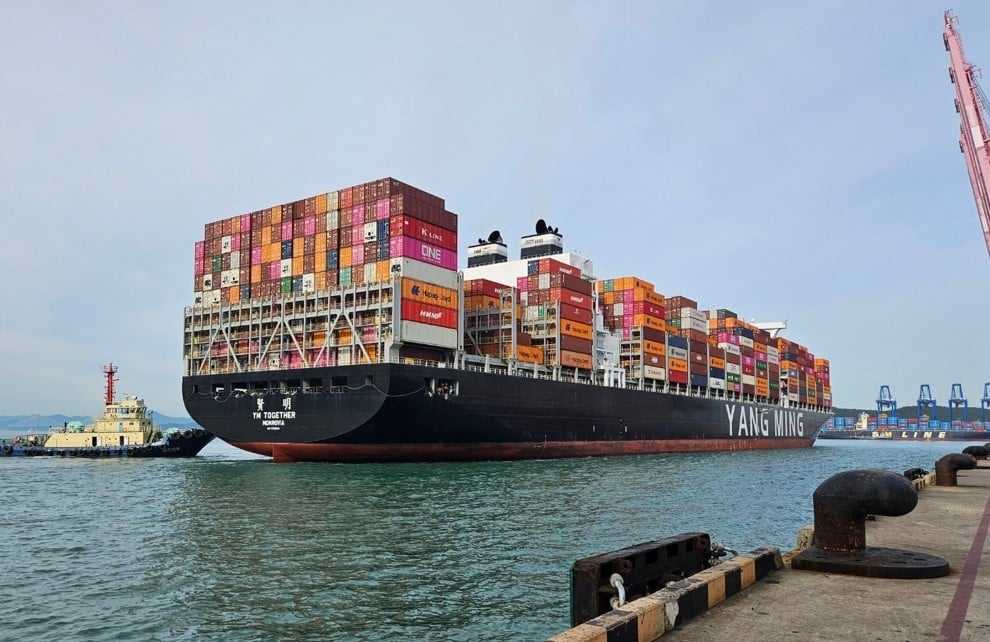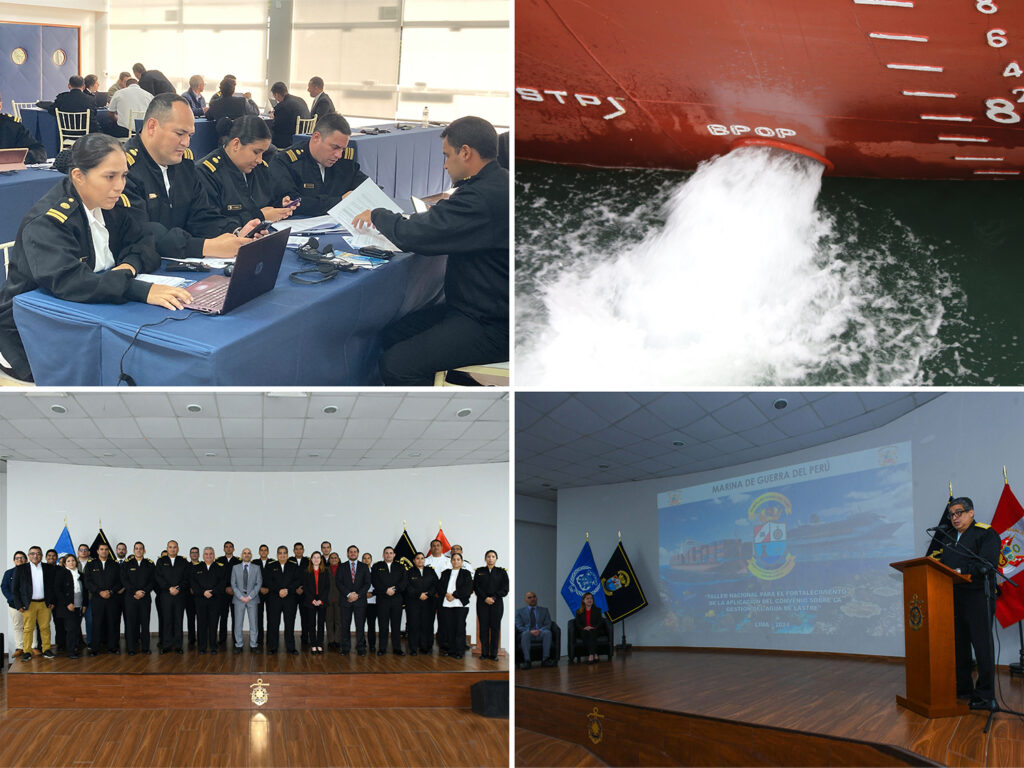Yang Ming’s YM Together Bunkers B30 HSFO Biofuel in South Korea
Starting this year, Yang Ming Marine Transport Corporation (Yang Ming) is beginning to fuel its fleet with sustainable biofuel. This initiative aims to implement the Company’s sustainable development strategy, achieve net-zero emissions by 2050, and provide low-carbon transportation services to customers. YM Together, the 11,000-TEU container ship, recently became the first foreign-flagged vessel in South Korea to bunker biofuel, marking the Company’s steady progress in sustainable development and energy transition.
In collaboration with KPI Ocean Connect, a marine energy supplier, YM Together, currently serving the Trans-Pacific route PN3, bunkered the B30 HSFO biofuel at Pusan Port in South Korea on June 26. This type of biofuel is a blend comprising used cooking oil (UCO) made of native plants, which complies with ISO 8217 and meets International Sustainability & Carbon Certification (ISCC) standards.
YM Together, the 11,000-TEU container ship, recently became the first foreign-flagged vessel in South Korea to bunker biofuel
This biofuel also meets the green fuel standards of the FuelEU Maritime Initiative, reducing up to 25% of GHG emissions than do conventional marine fuels. Apart from the biofuel, onboard facilities such as scrubbers and shore power systems (AMP) enable YM Together to effectively cut GHG emissions and offer customers with transport services that are sustainable and environmentally-friendly.
Pusan port
The addition of Pusan port as a biofuel bunkering port in Asia increases flexibility in bunkering options for different routes, which in turn helps Yang Ming to expand the use of biofuel. In the meantime, the Company is providing biofuel usage data requested by a publicly-owned local research institute in South Korea, hoping to accelerate the sustainable goal of energy transition in the industry by sharing practical experiences and contributing to academic research.
impact of global climate change
In response to the impact of global climate change, Yang Ming is carrying out various energy-saving measures in its operations to improve the fleet’s energy efficiency. These measures include retrofitting existing ships for energy efficiency, adopting smart technology to enhance onboard energy monitoring, using weather routing system to optimize routes and reduce fuel consumption, and fitting vessels with AMP systems for shore power.
IMO’s goal
In 2023, Yang Ming’s fleet reduced carbon intensity by 61.86% compared to the baseline year of 2008, achieving the IMO’s goal of a 40% reduction by 2030 ahead of time. Looking forward, Yang Ming will continue using ISCC-certified biofuel to cap its total yearly GHG emissions, reduce the pressure of carbon emissions on customers and the entire supply chains, and sail towards the net-zero goal of maritime transport.
Sources : Press release
Related : Hapag-Lloyd Cruises vessel takes on 100% biofuel for first time




